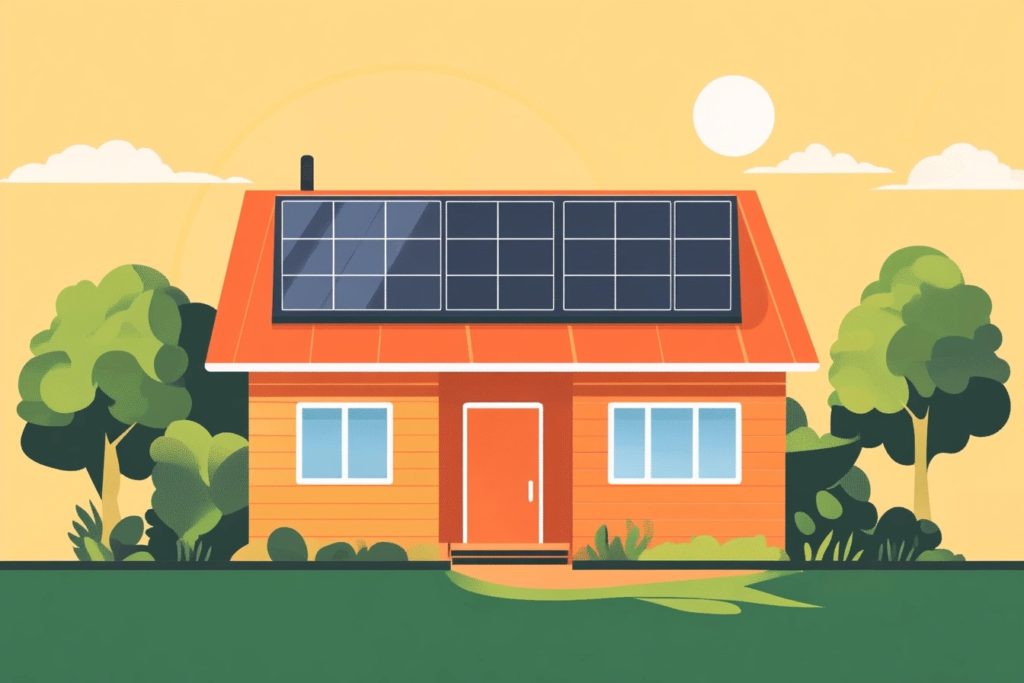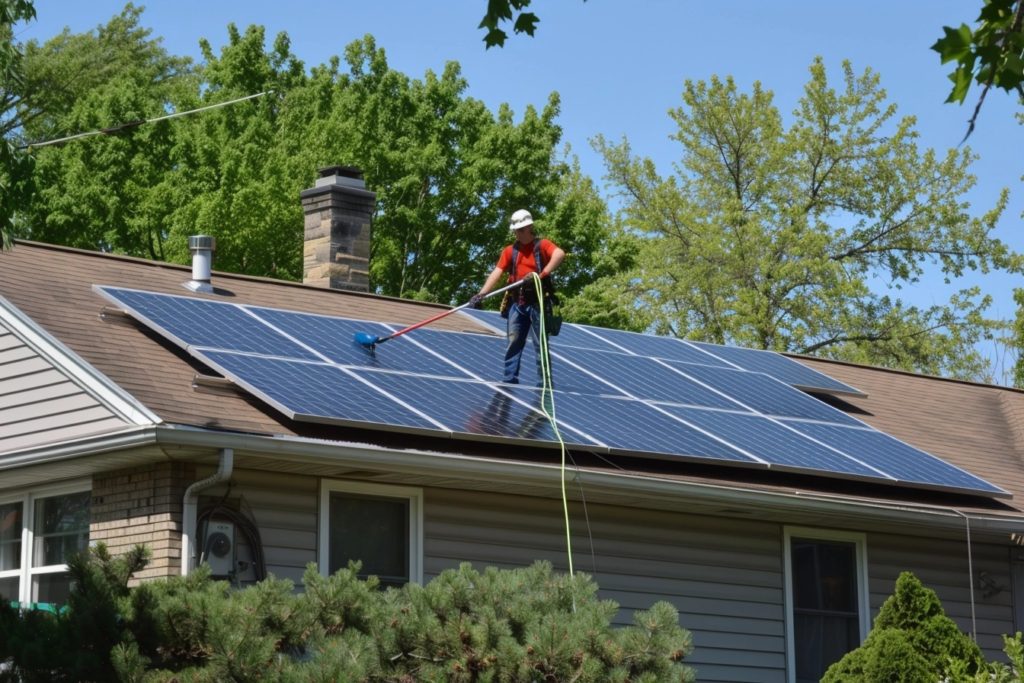
Many homeowners across the country have discovered the wide-ranging benefits of installing residential solar energy systems. Adding a solar array to your home is one of the best things you can do for the environment, as you’re replacing energy generated from fossil fuels with clean and endlessly renewable energy from the sun’s rays. In addition, you can save a significant amount of money by generating your own electricity rather than purchasing it from your utility company.
Even though solar panels have been around for decades and have generated countless kilowatts of energy, the fact remains that many people don’t really know how solar panels work. We think that the more you understand about solar energy, the more likely you are to want a solar array for your home. With this in mind, let’s take a look at the details and answer the question, “how do solar panels work?”
The Basics of Solar Energy
Solar energy is the ultimate renewable energy source because it will not run out or become scarce for many thousands of years to come. The sun’s rays contain plentiful energy, so all we need to do is find a way to convert these rays of light into useful electricity to run our homes. That’s where solar panels come in. Solar panels include cells called photovoltaics, which are connected together to create modules. Each solar panel includes several of these modules. When light hits your solar panels, the photons and electrons in the light beam are separated, and that separation is what generates electricity.
How Do Solar Panels Work?
While the exact science behind solar energy generation is a bit complicated, it’s not hard to break it down into easily understood phases.
Sunlight Hits Your Solar Panels
The first phase takes place when sunlight reaches your solar panels. The photovoltaic (PV) cells in each panel transfer the raw sunlight into electricity in the form of direct current. However, your home runs on alternating current (AC), not direct current (DC), so the next step will need to include transforming this energy into a form your home can use.
Solar Inverters Transform Energy Currents
That’s why your rooftop solar array will include an inverter to convert the DC energy generated by your solar panels into AC electricity to power your home. The most common form of inverter for home use is a string inverter, which connects your solar panels into groups before converting the energy. An optimized string inverter (also known as a power optimizer) is more efficient than a standard string inverter because it automatically sends fixed-voltage current to the inverter. Because a traditional string inverter also has to fix the voltage, it doesn’t produce electricity as efficiently as the optimized version.
The other option is microinverters. How do solar panels work with microinverters, and why are they becoming so popular? Instead of relying on a centralized inverter, microinverters attach to each panel. The microinverters then convert DC into AC for each panel individually, rather than connecting them into groups first. This further increases energy efficiency by maximizing the output of each individual panel.
AC Electricity Powers Your Home
At this point, your solar panels have captured the sun’s rays, and your solar inverter has converted that energy into AC electricity. If everything has gone according to plan thus far, the solar energy your system has harvested will now be flowing through your home’s electric system, powering all of your electronic appliances and devices. But how do solar panels work when they generate more energy than your home can use at a given time?
Excess Energy Is Stored in a Battery or Sent to the Grid
This phase all depends on whether or not you include a solar battery in your home’s solar energy system. If you do have a battery, then any excess energy will be stored in the battery until your home needs it. If you opt not to include a battery, you’ll send your extra electricity to the grid. Either way, you’ll be able to pull more energy to your home whenever you need it. The difference is where that energy comes from.
With a solar battery, the energy your panels produce stays right there at home, waiting for a time when your home uses more electricity than it generates, such as at night or during storms. Without one, your home will instead import electricity from the utility company’s power grid. If you live in an area with net metering regulations, your utility company will give you credits in exchange for any energy you send to the grid. Then, when your home needs extra juice, the utility provider will power your home until you run out of credits, at which point you would need to pay its standard rate for electricity.
There are complicating factors but for the most part, it’s smart to have a solar battery if you don’t have access to net metering agreements. Without net metering, sending energy back and forth to the utility company is a potentially costly venture that undermines much of the point of installing residential solar energy to begin with.
In Conclusion
Now that you know more about how solar panels work, we hope it’s easier for you to decide whether installing a solar energy system for your home is a good idea. If you still have questions or concerns, give us a call at 855.353.4899. Our helpful and professional representatives can help you determine whether your home is suitable for solar energy production. We can even send one of our local installers to your home for an in-person consultation. If you want solar energy for your home, LGCY Power is just a phone call away!




